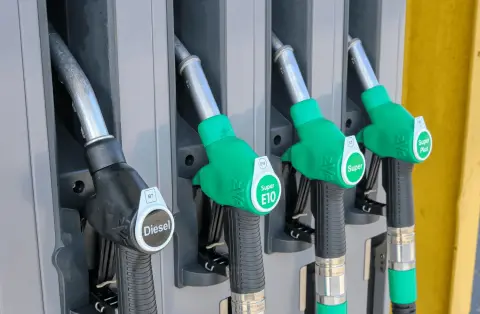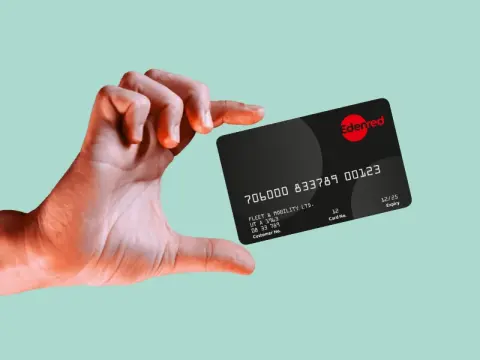-
Industry news

How Do I Know If My Car Needs Coolant?
Lottie Richardson
Content Specialist
December 8, 2025
-
EV

Are Electric Cars Heavier? Electric Car Weight vs Petrol and Diesel
Ben Campbell
Marketing Director
December 4, 2025
-
Driver safety

DVSA Roadside Inspections: What Fleet Operators Need to Know in 2026
Lottie Richardson
Content Specialist
December 2, 2025
-
Industry news

The Rise in AI Receipts and Expense Fraud
Julie Fewkes
Credit and Risk Director
November 27, 2025
-
Guides

Autumn Budget 2025: The Real Impact For UK Fleets And Why Planning Ahead Matters More Than Ever
November 26, 2025
-
Industry news

Autumn Budget 2025: Our Update For Fleets
November 26, 2025
-
Fleet management

Why Fleet Data is the Key to Unlocking Business Growth
Jordan Grey
Head of Revenue and Pricing
November 25, 2025
-
Fleet management

Fleet Management Trends to Watch in 2026
Jordan Grey
Head of Revenue and Pricing
November 20, 2025
-
Driver safety

Driver Behaviour: How Small Changes Can Cut Fleet Costs
Lottie Richardson
Content Specialist
November 18, 2025
-
Industry news

The Fuel Card Landscape in 2026
November 14, 2025
-
Fleet management

UK Fleet Legislation: Our Legal Top Tips
David James
Revenue Director
November 13, 2025
-
Fuel cards

Why Edenred Black Is Our Cheapest Fuel Card
Joe Robinson
Fuel Card Specialist
November 13, 2025